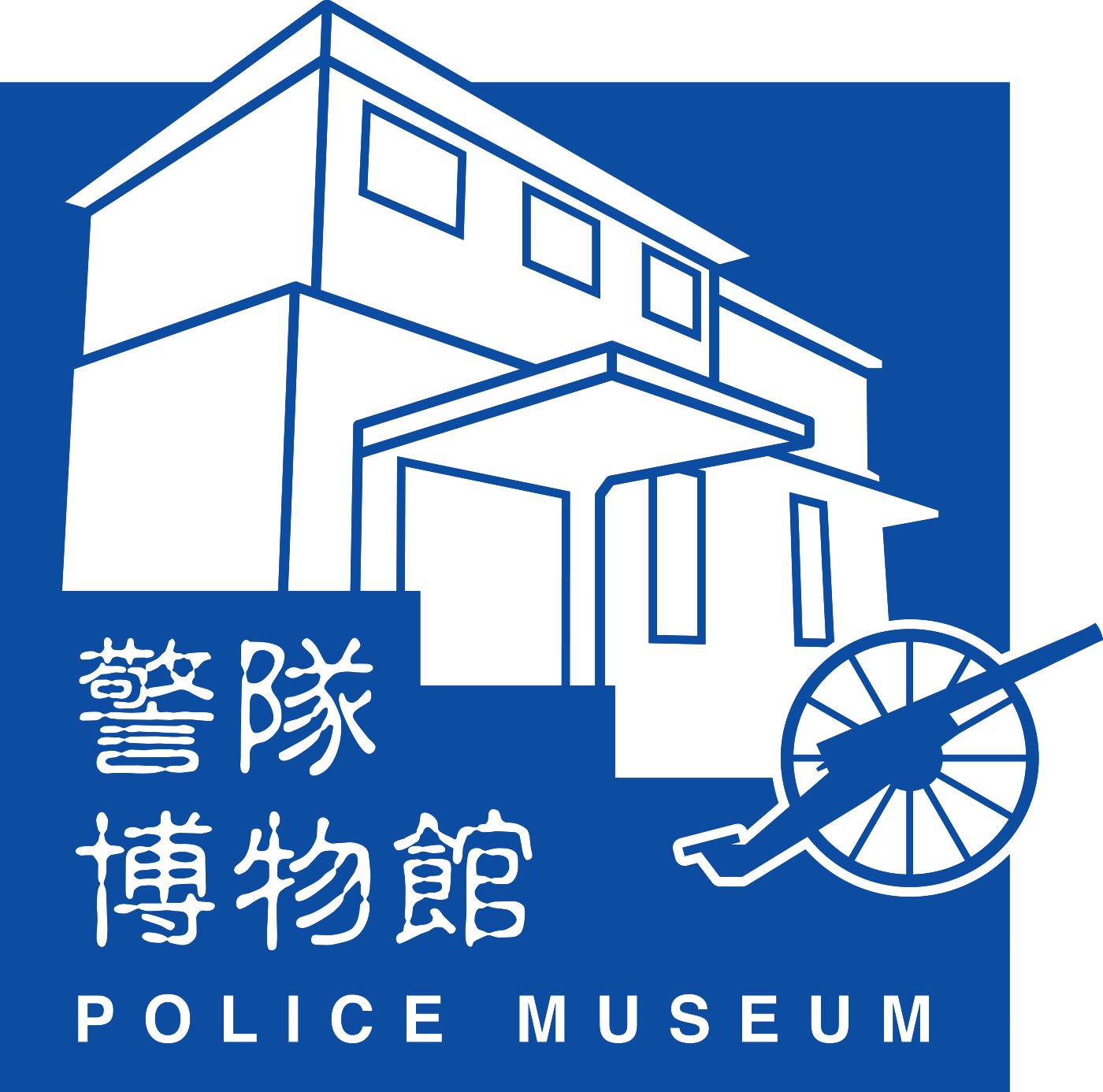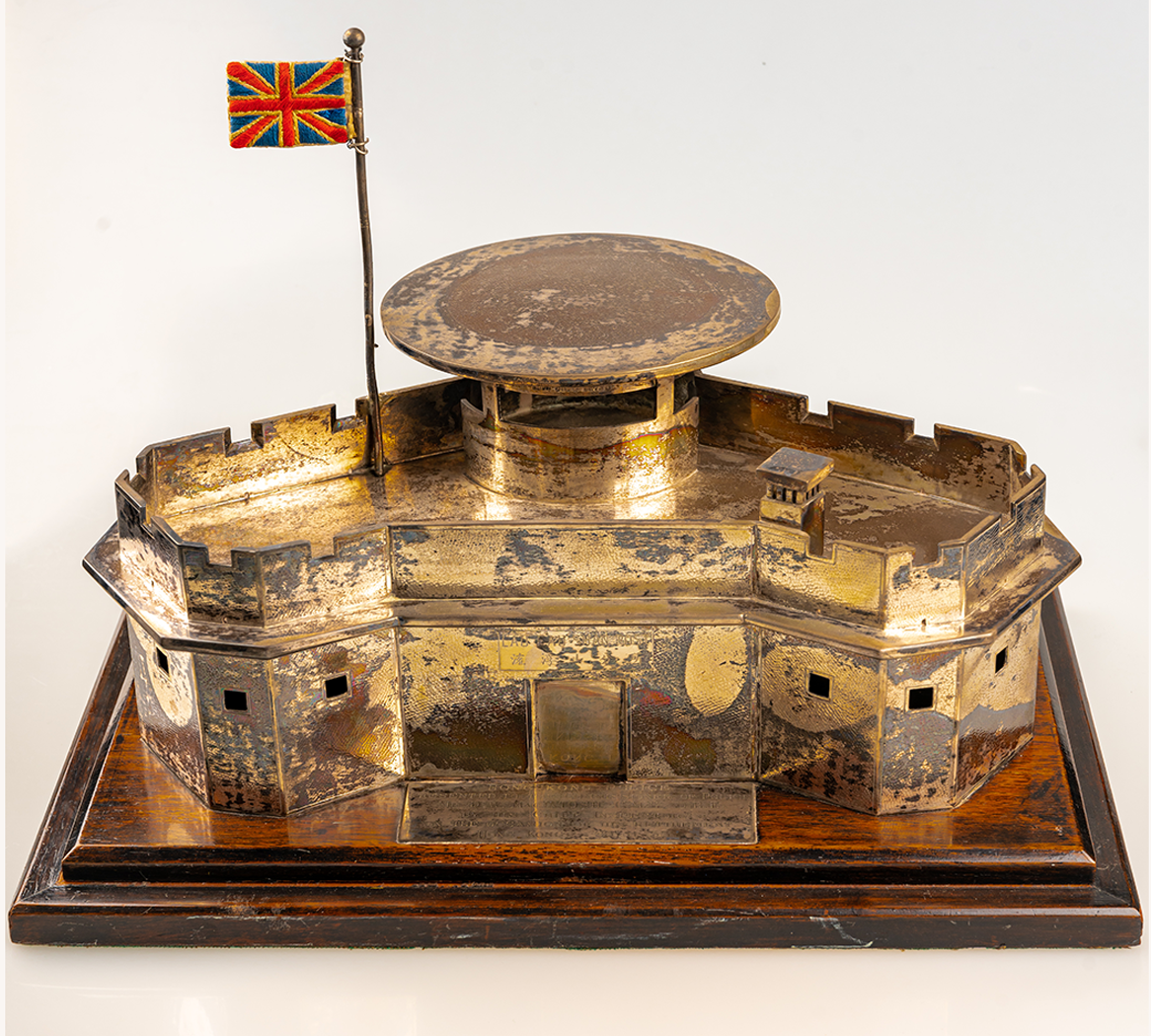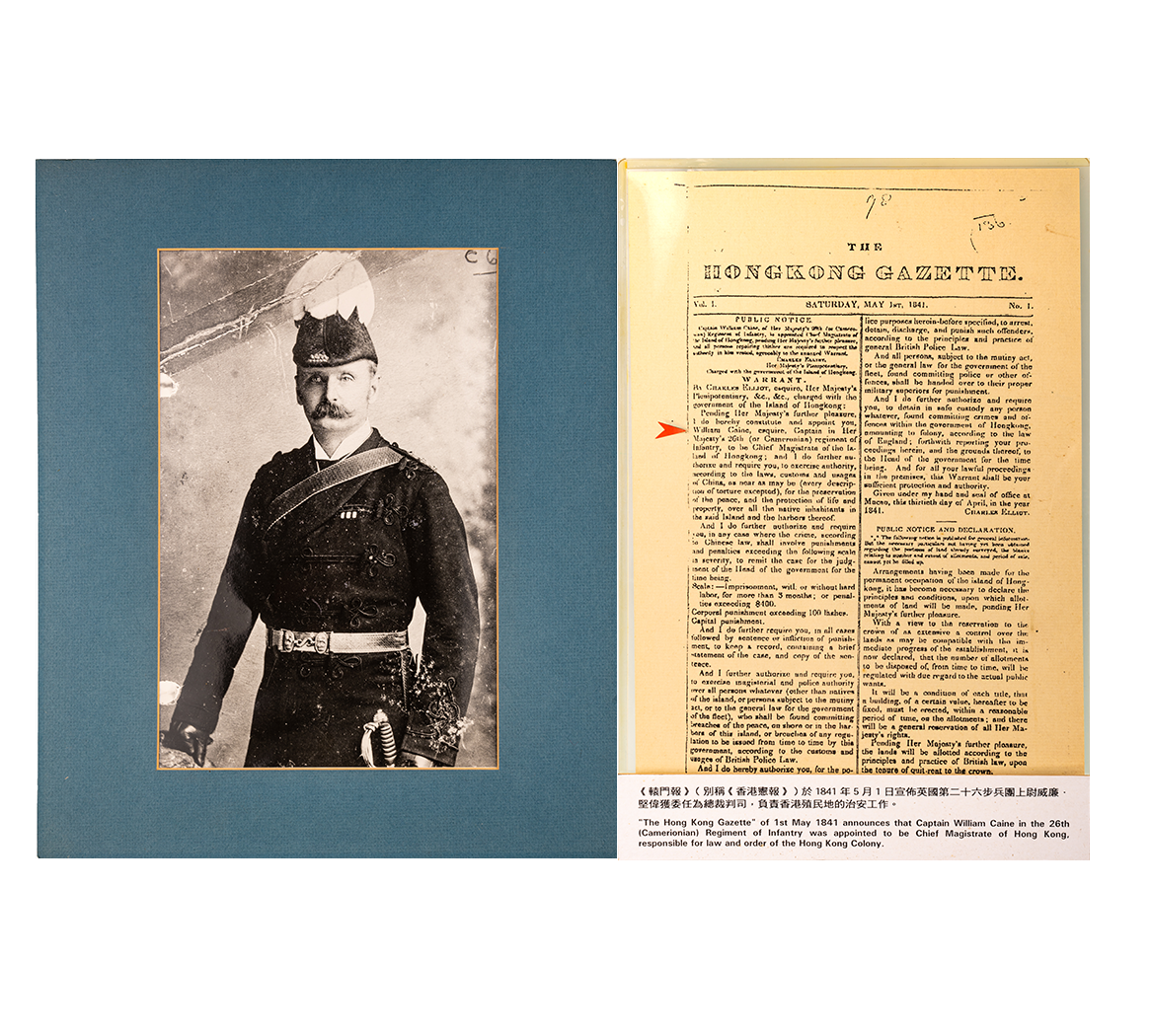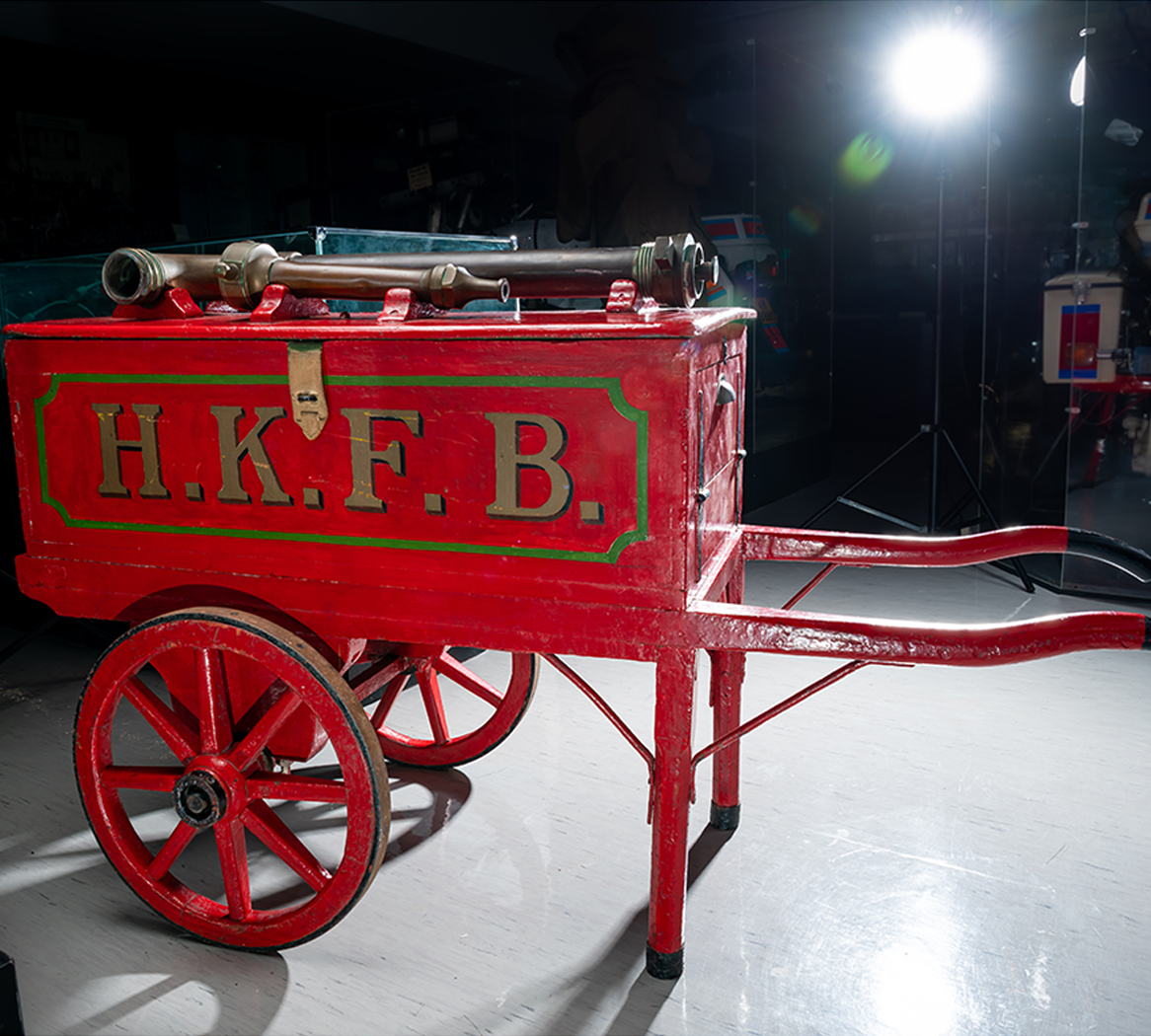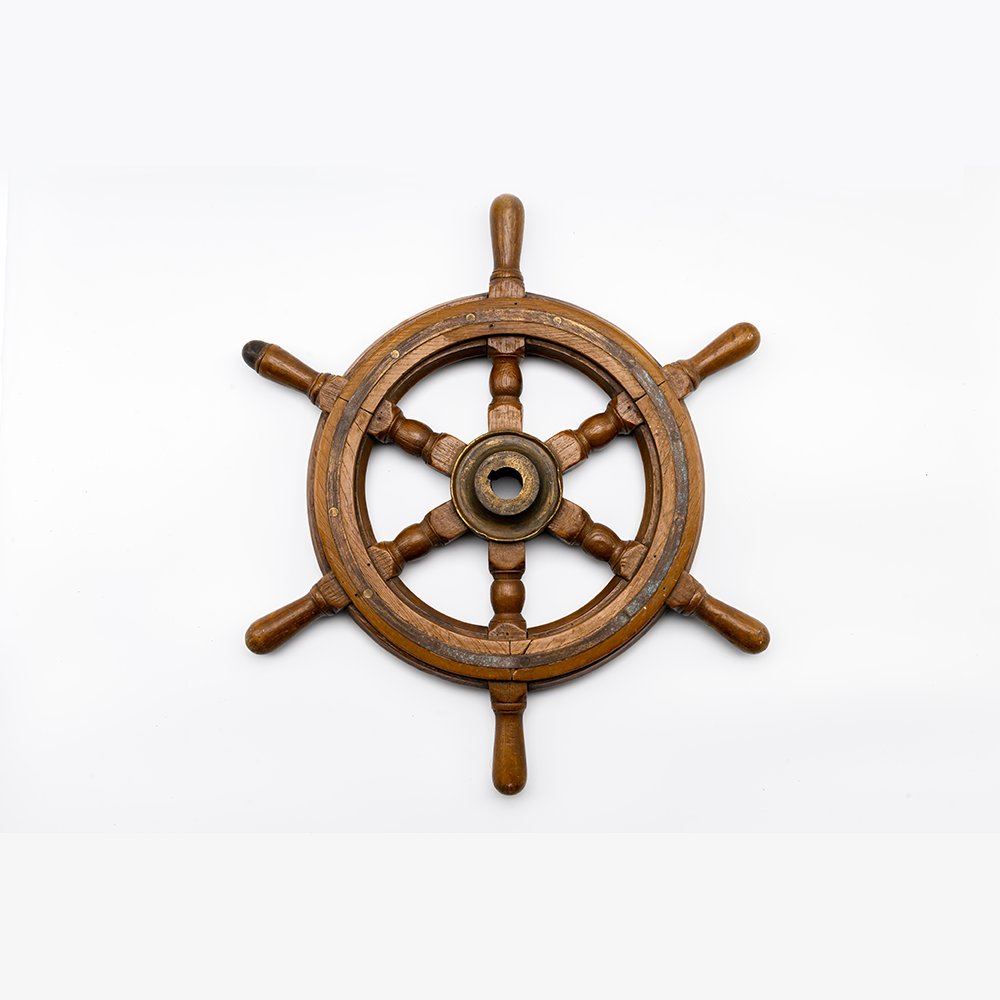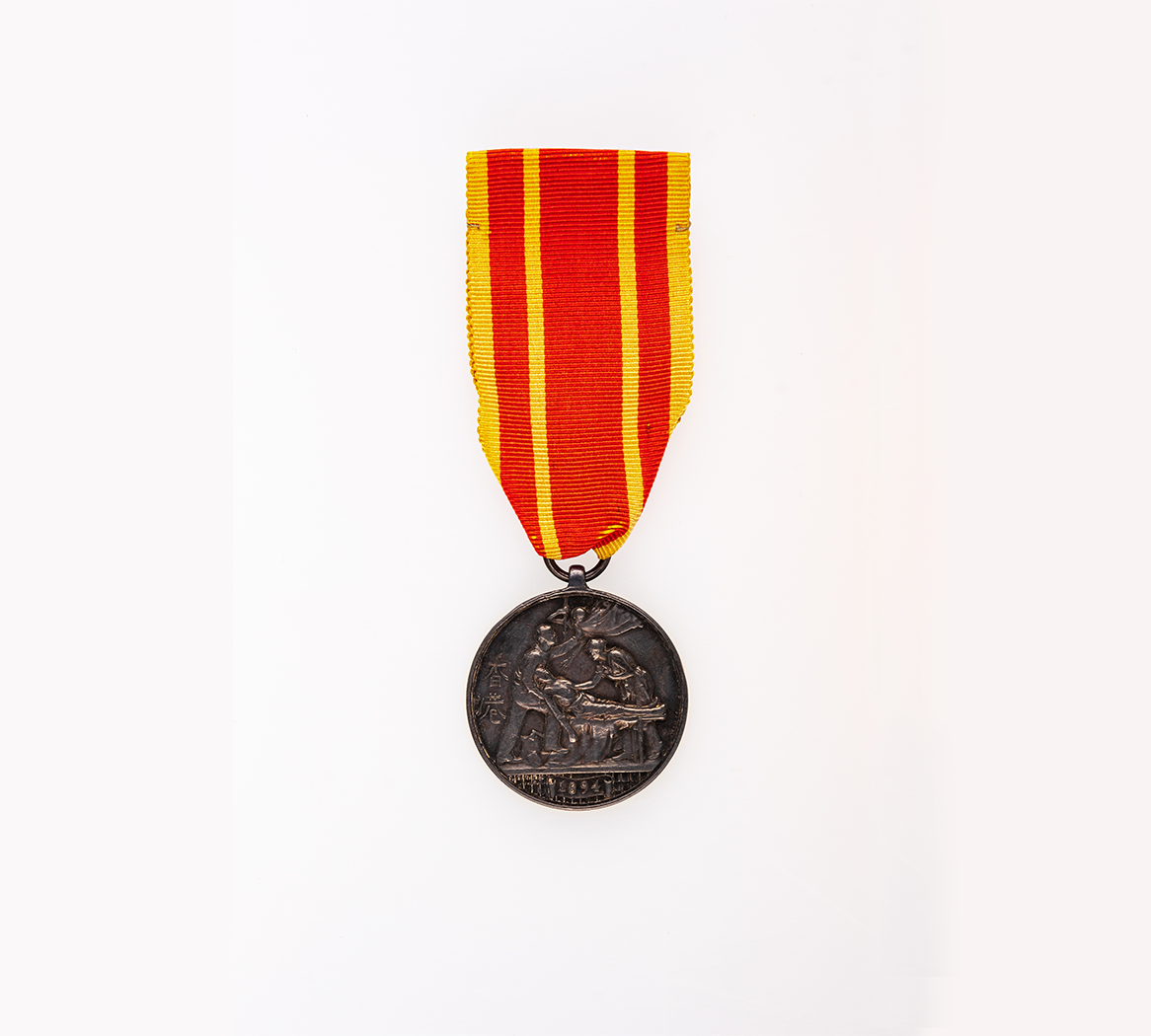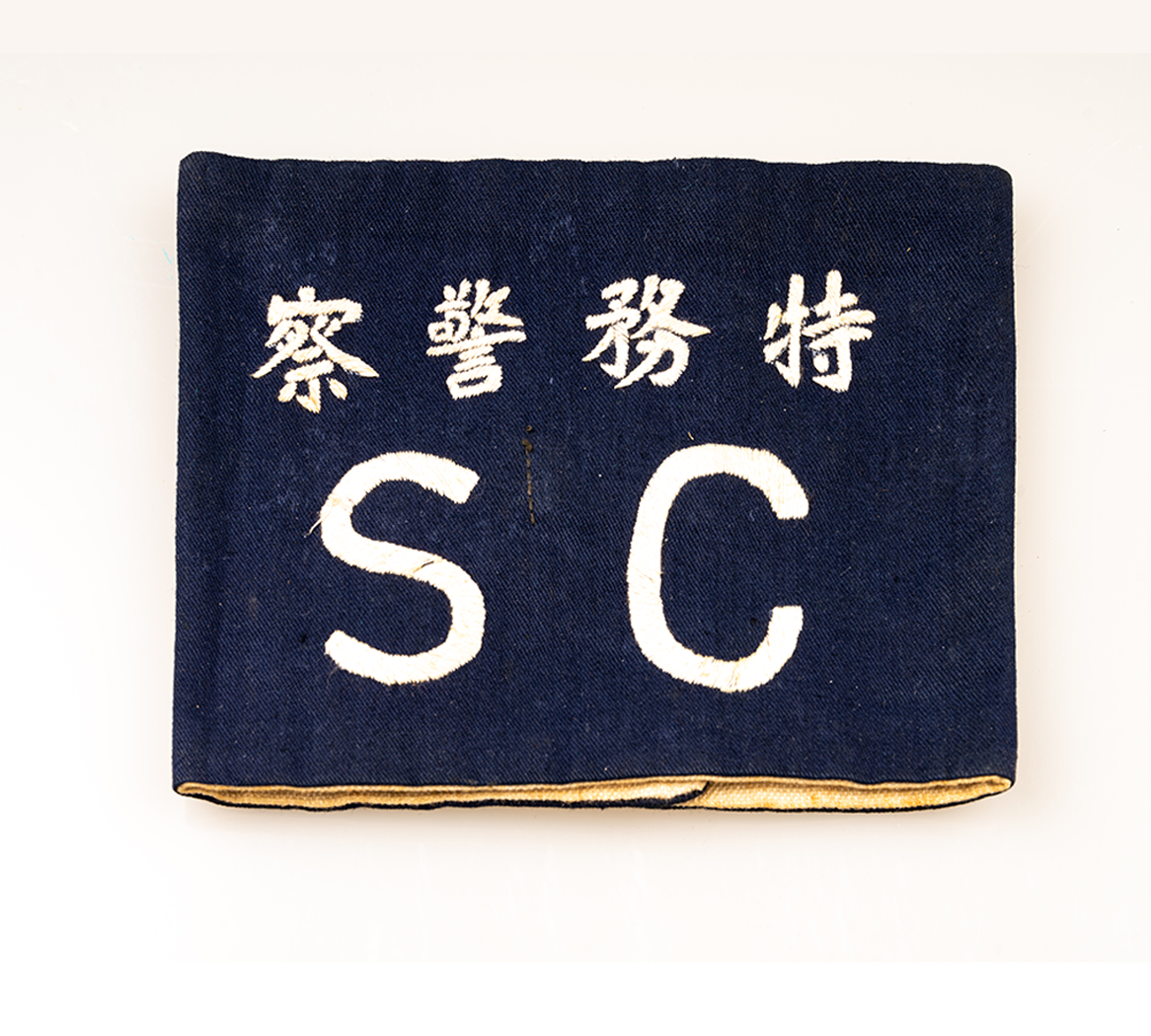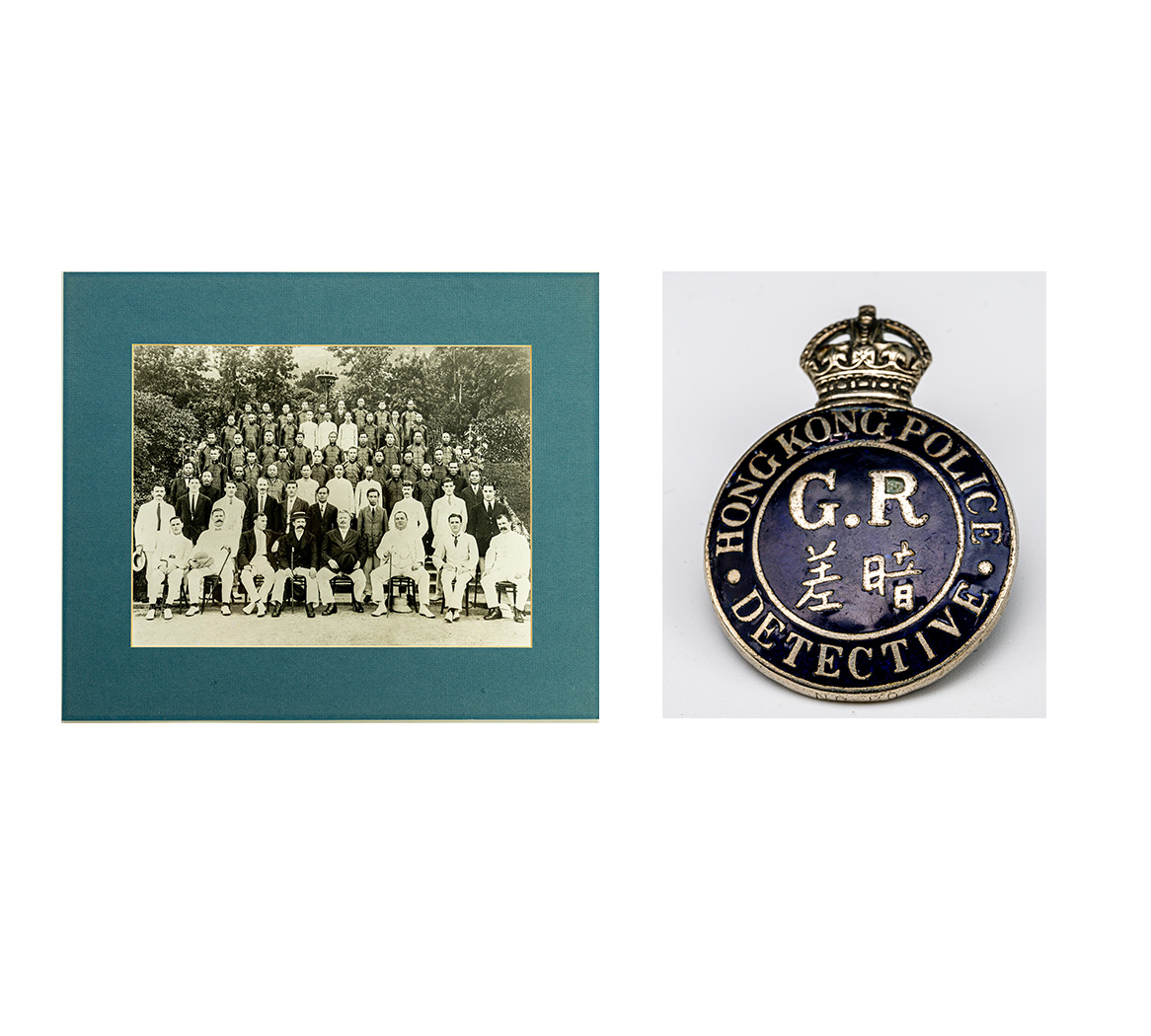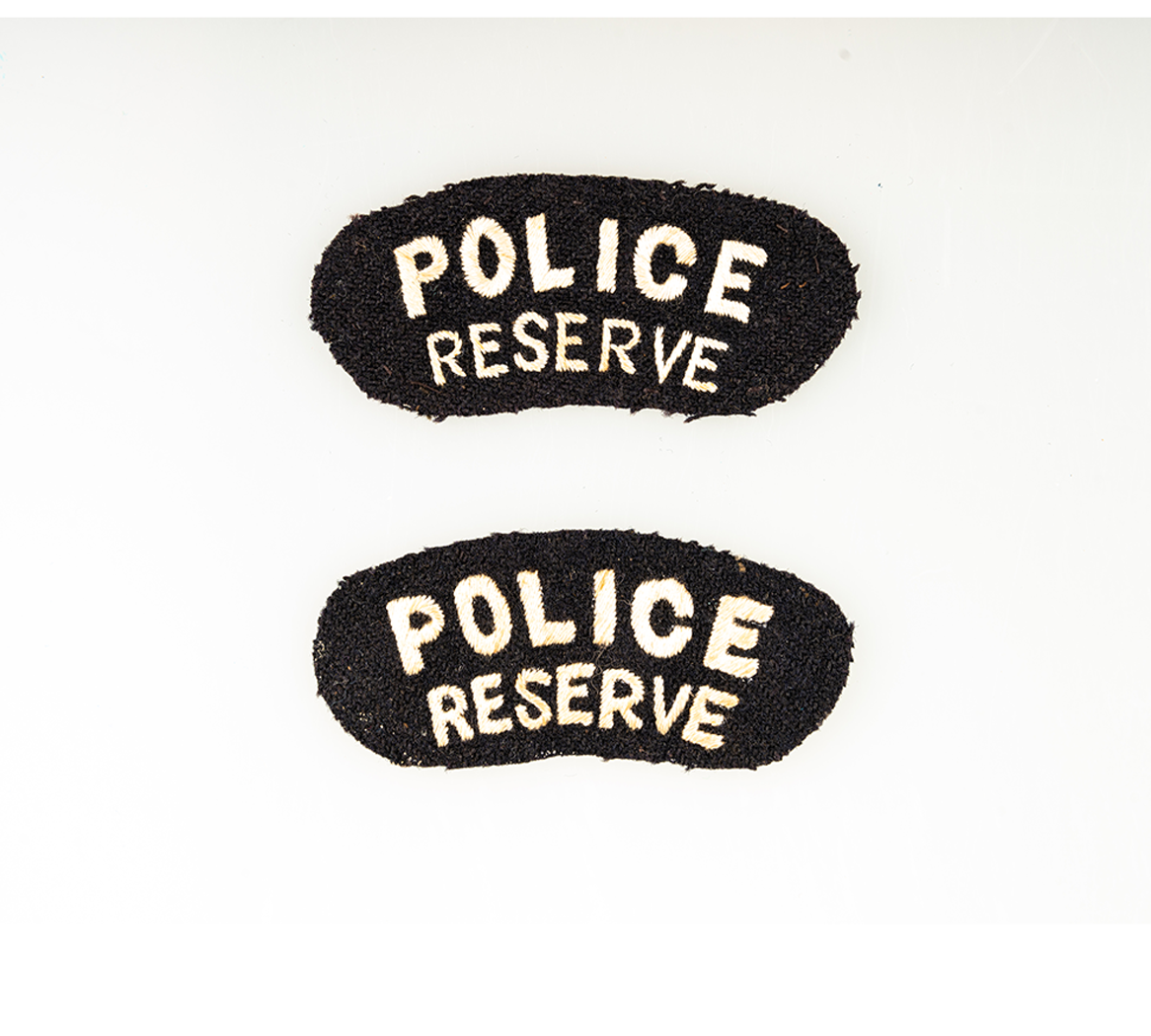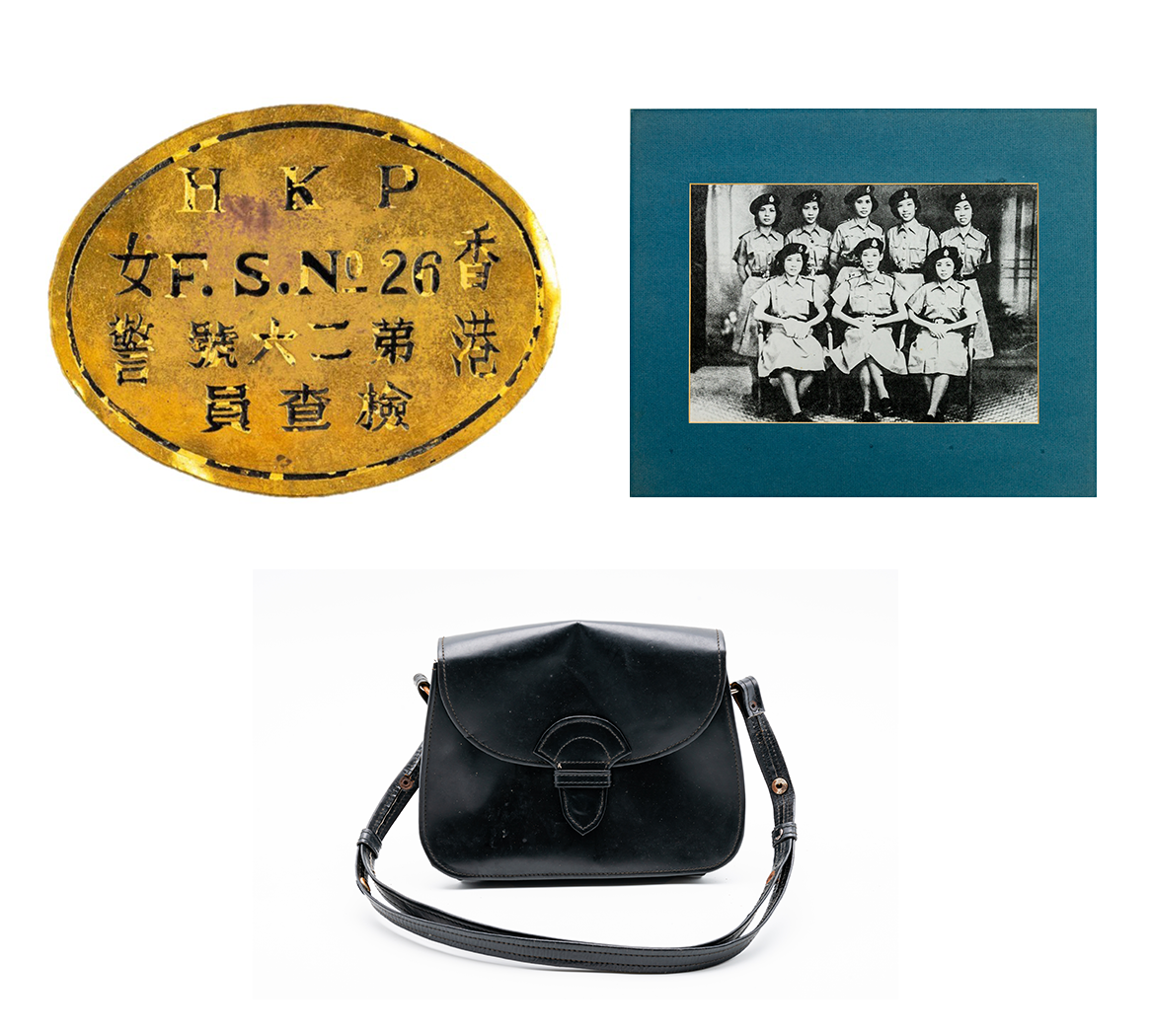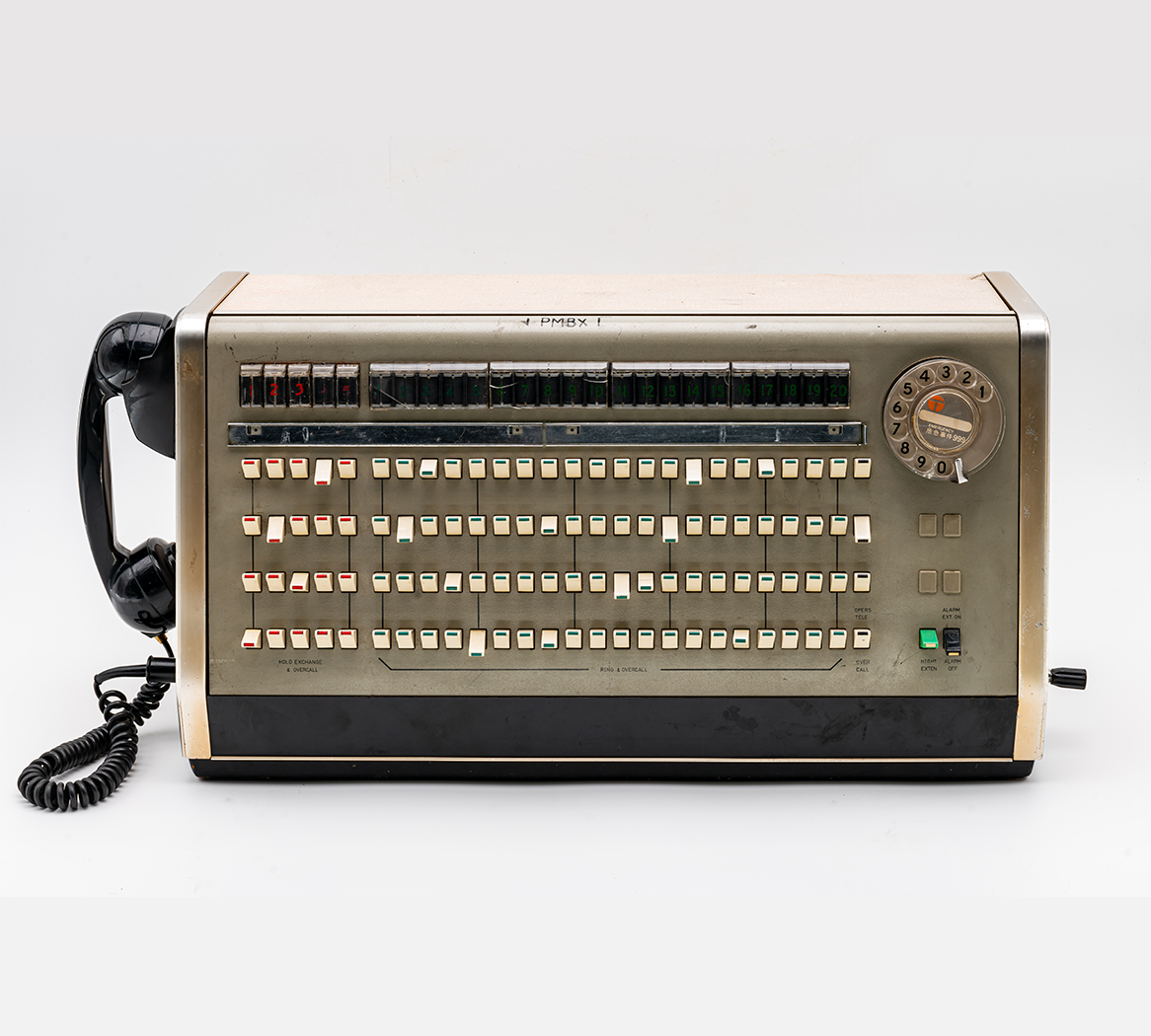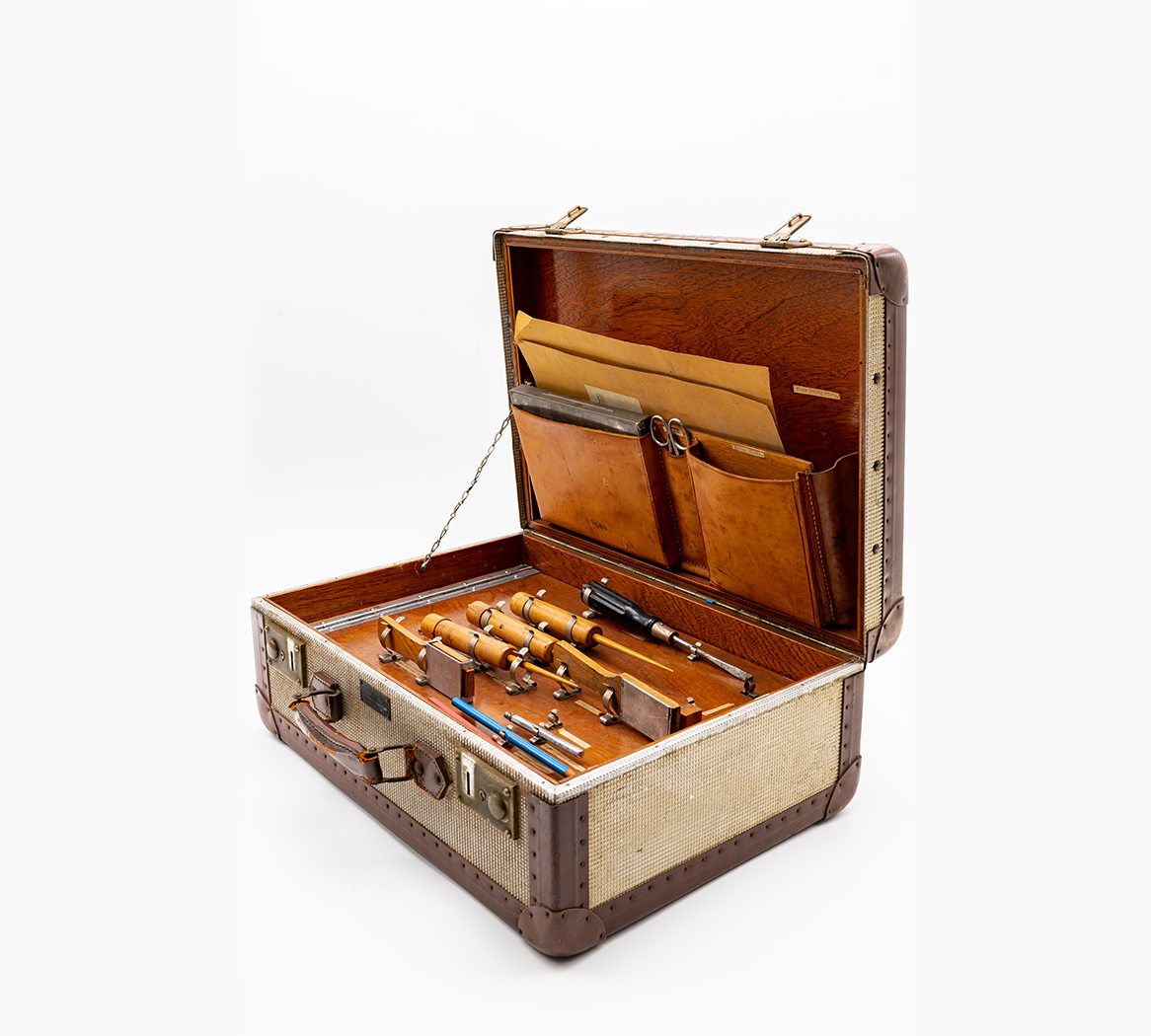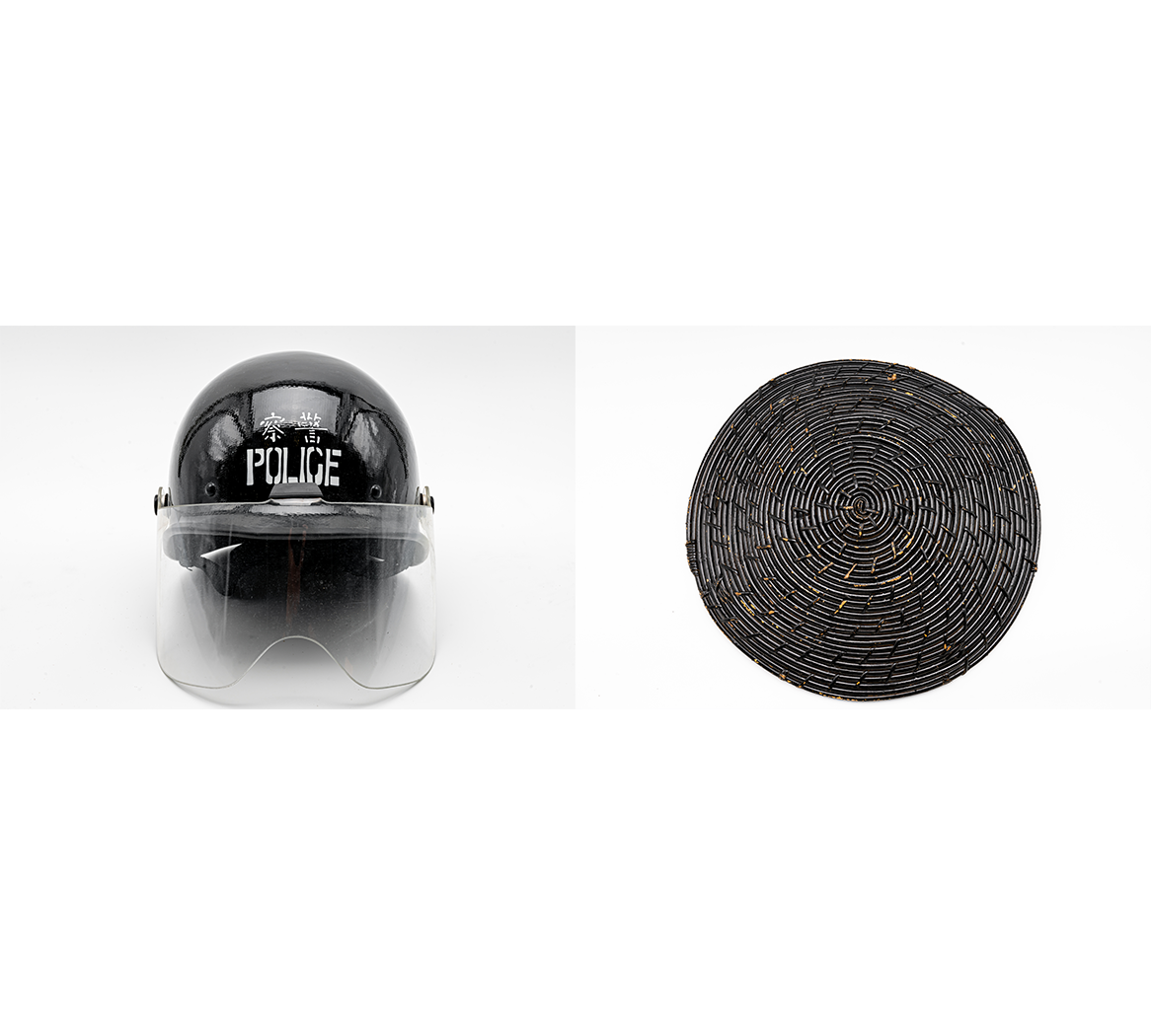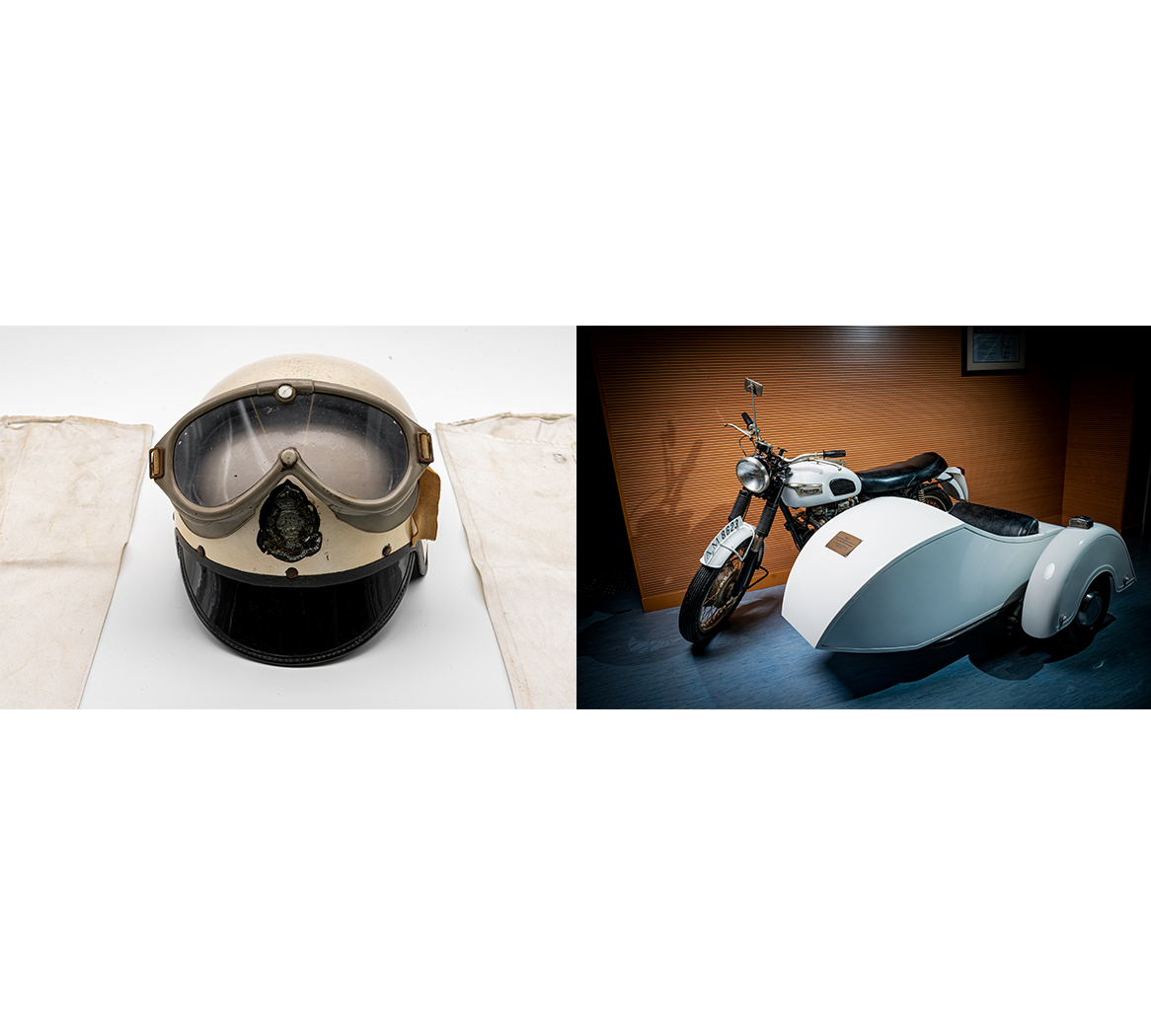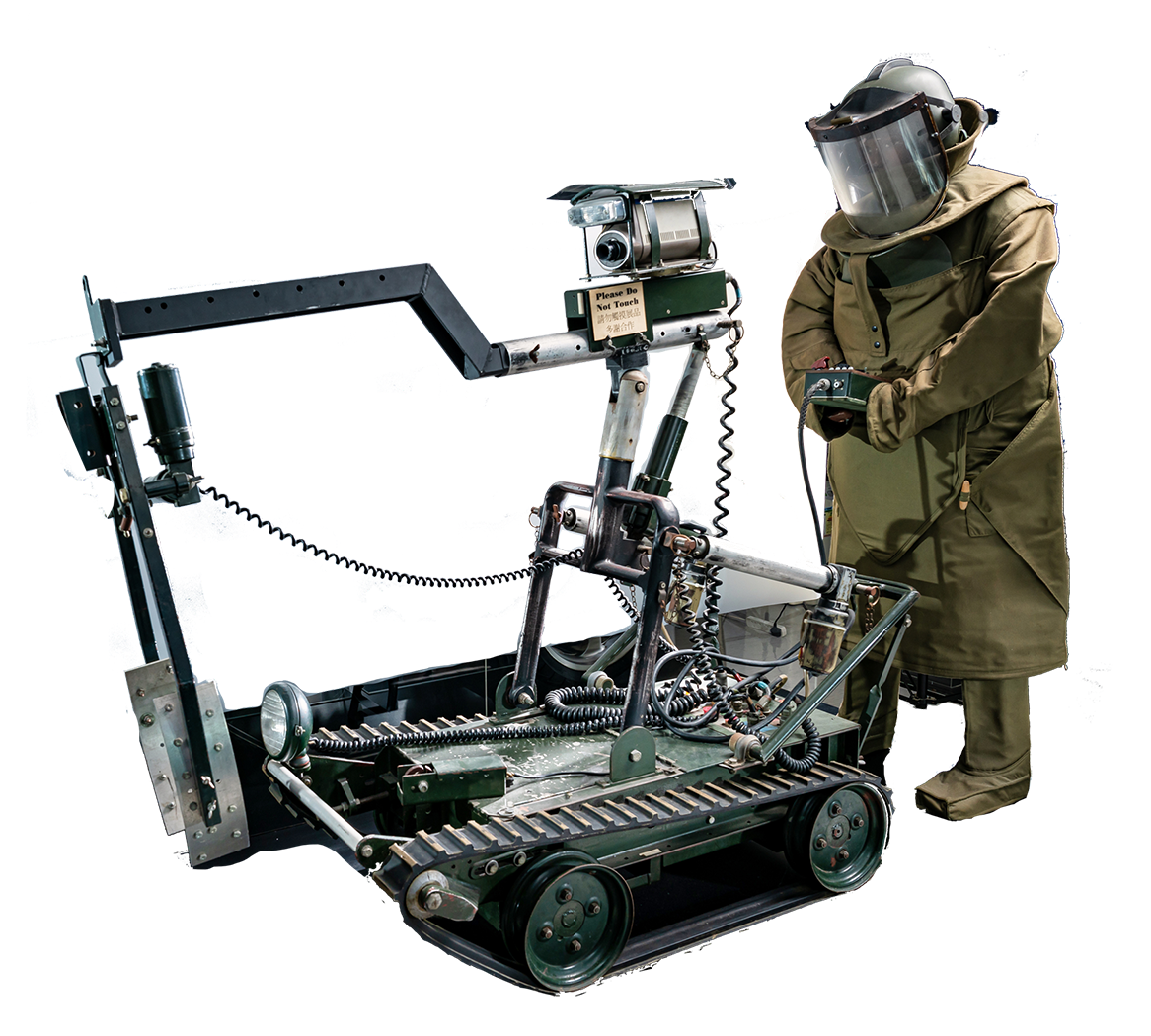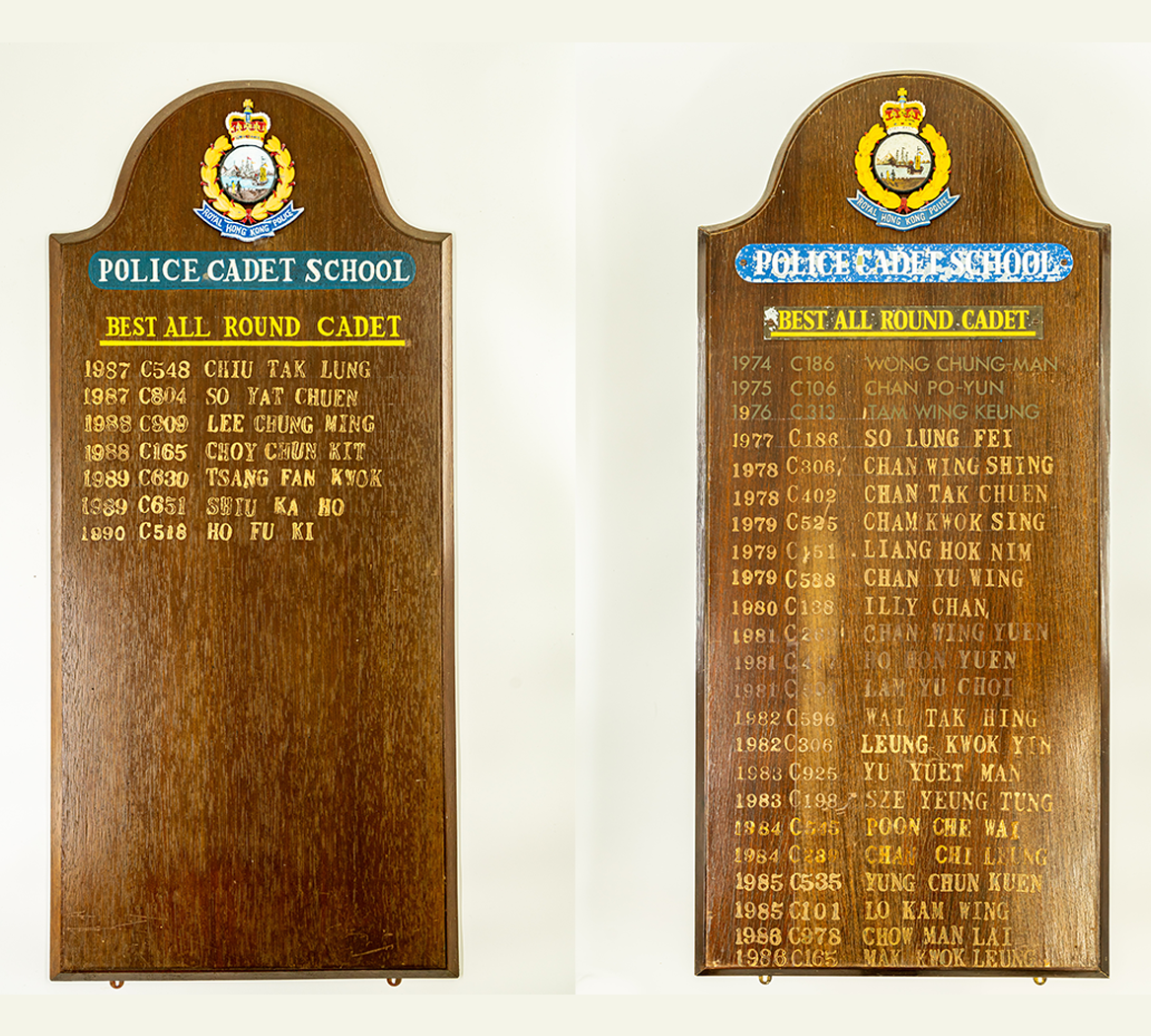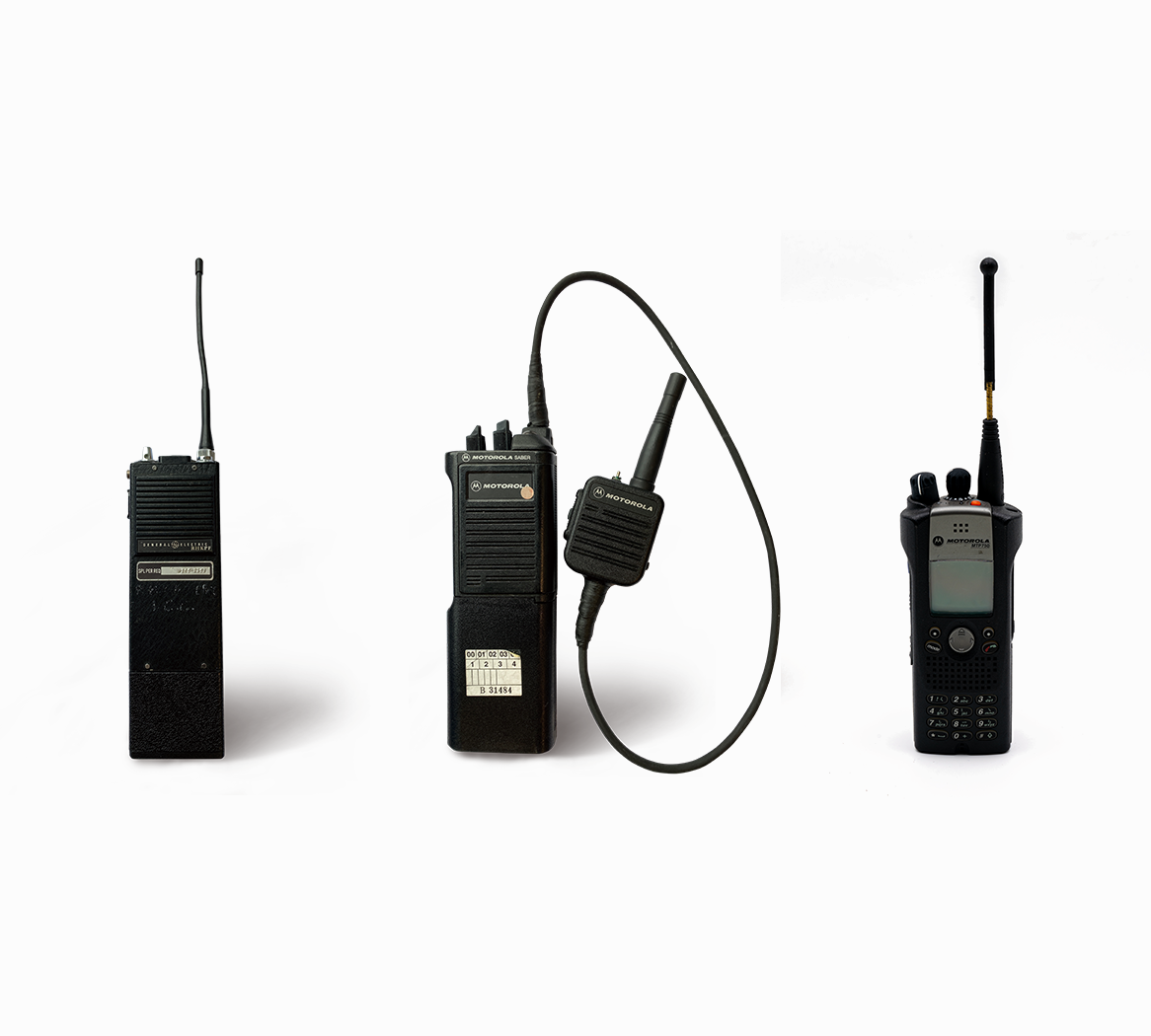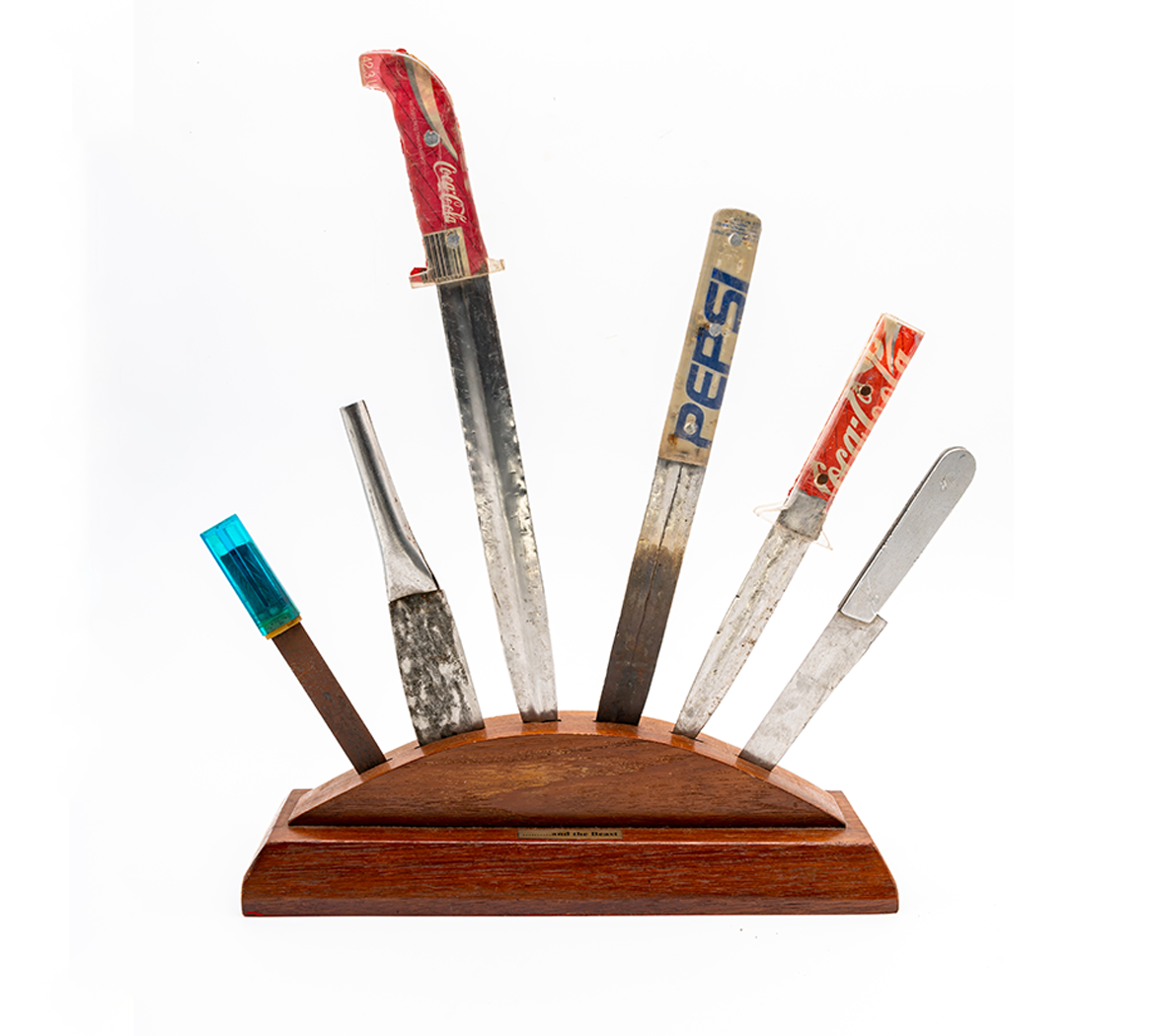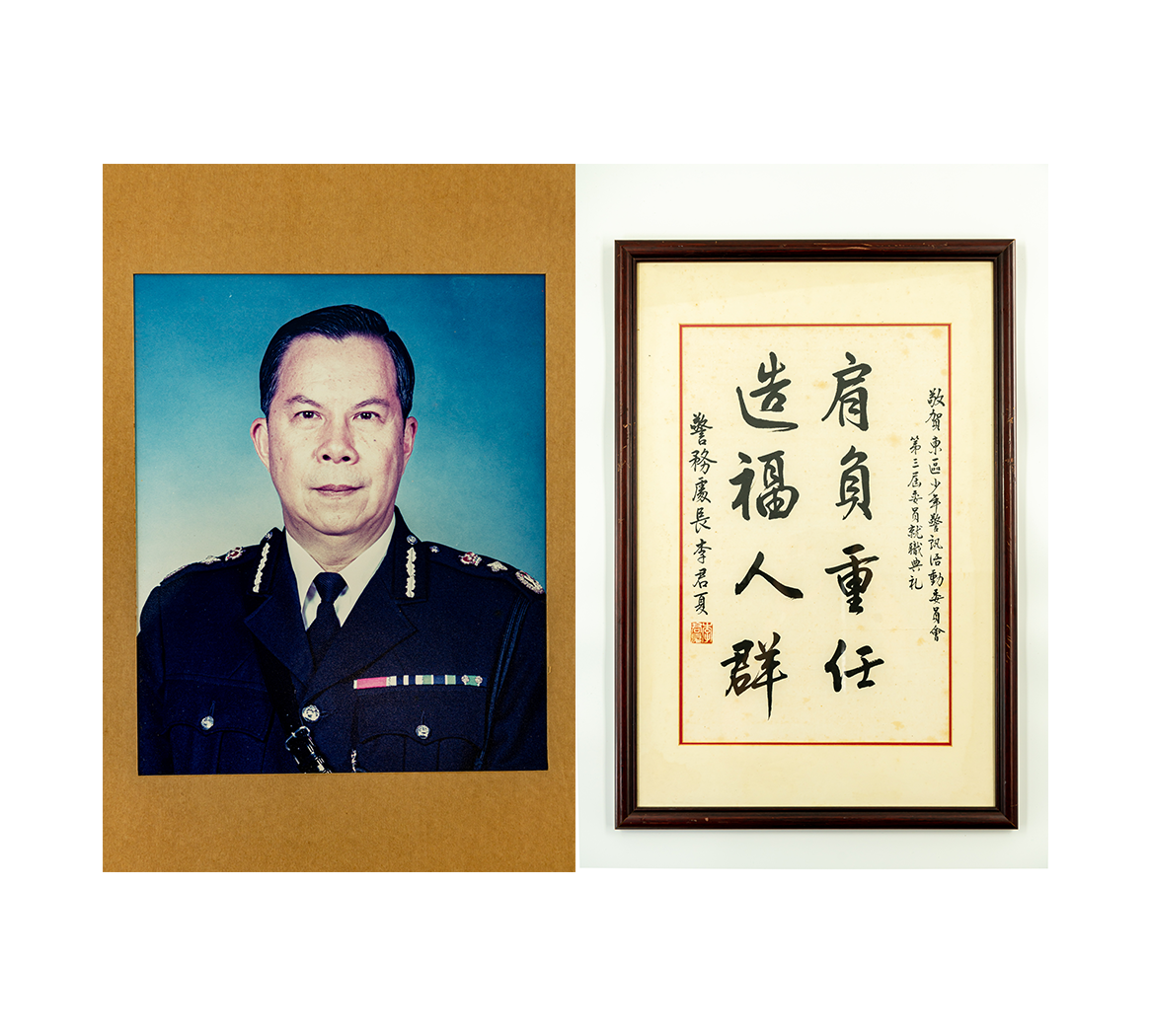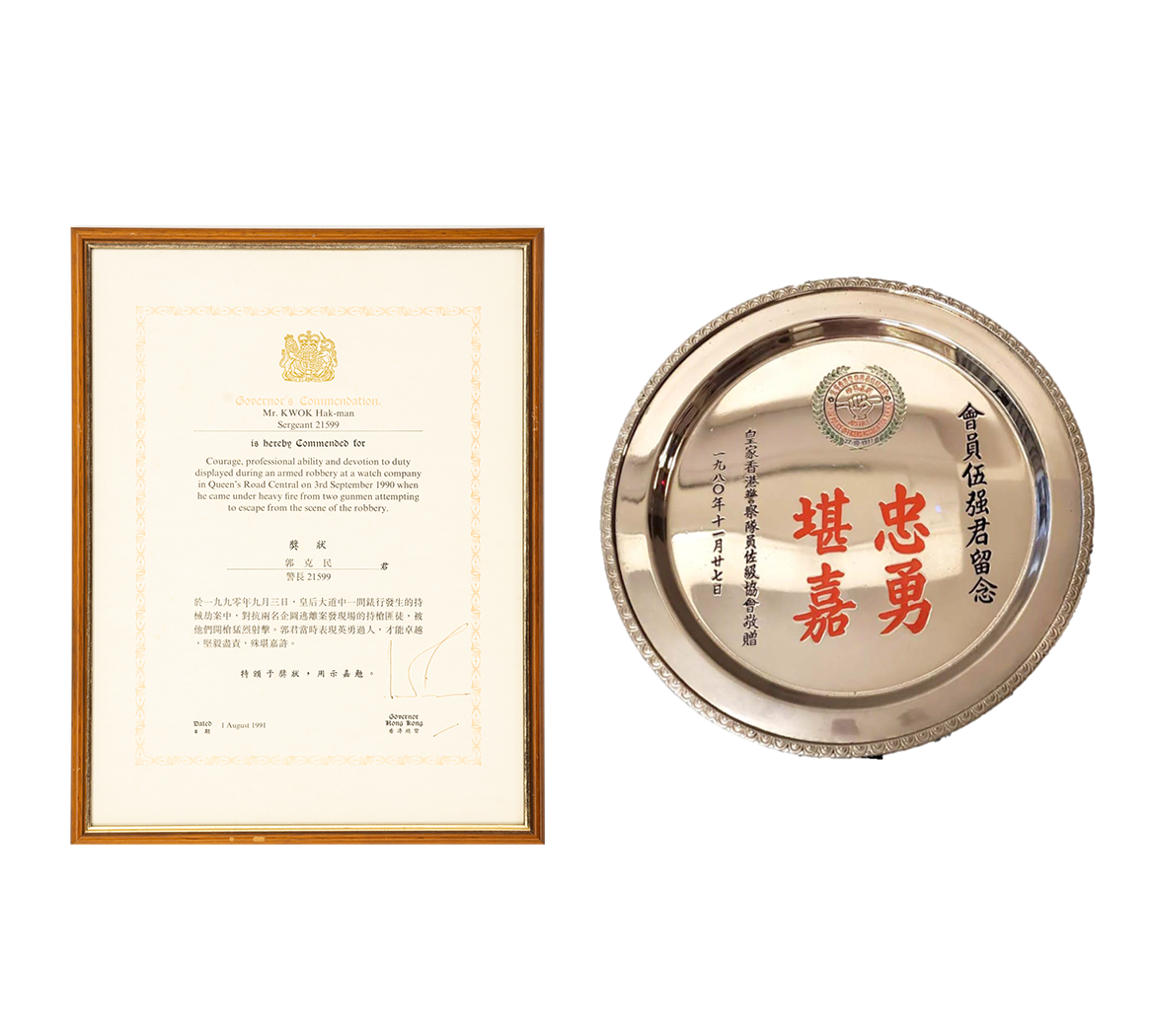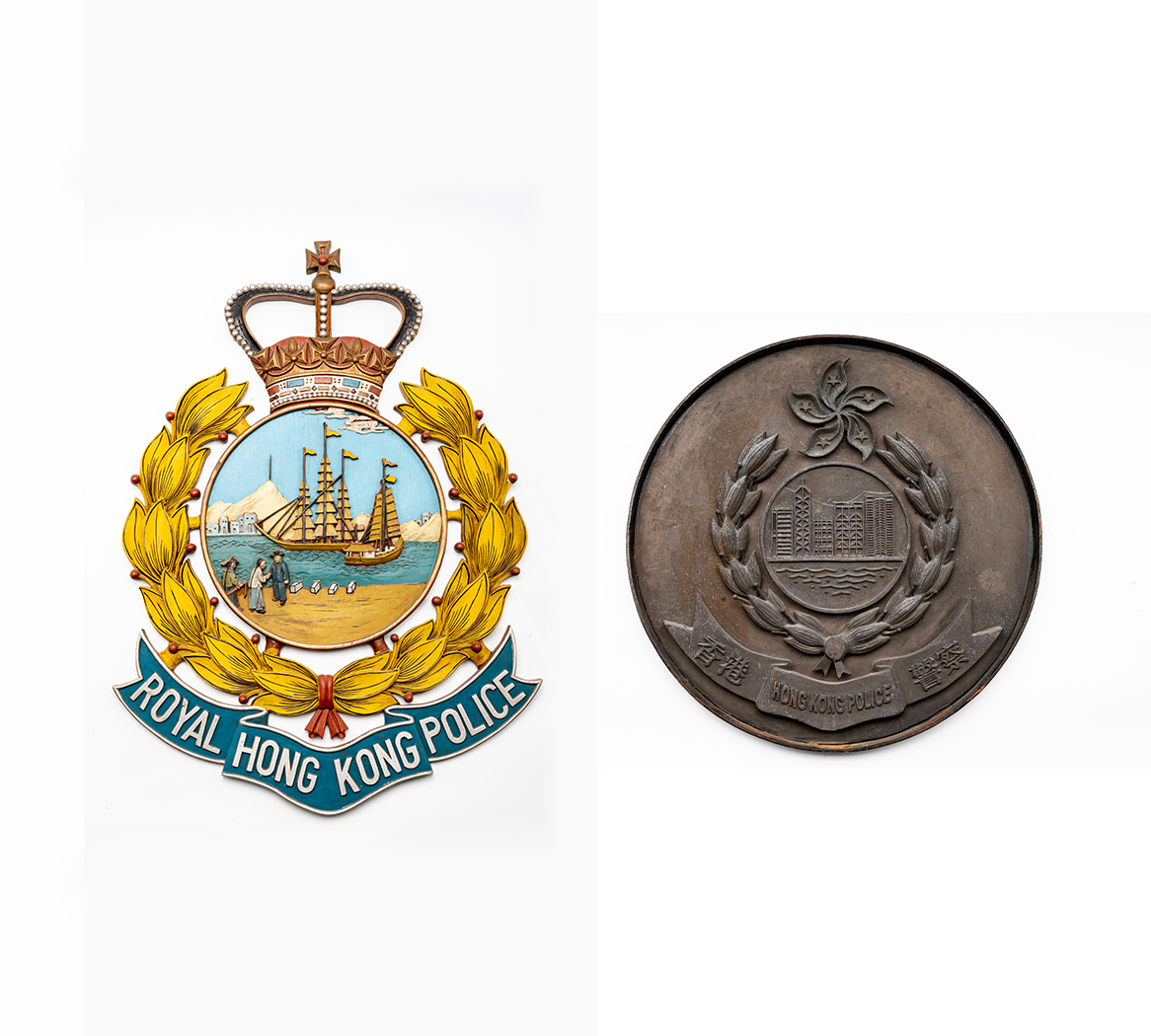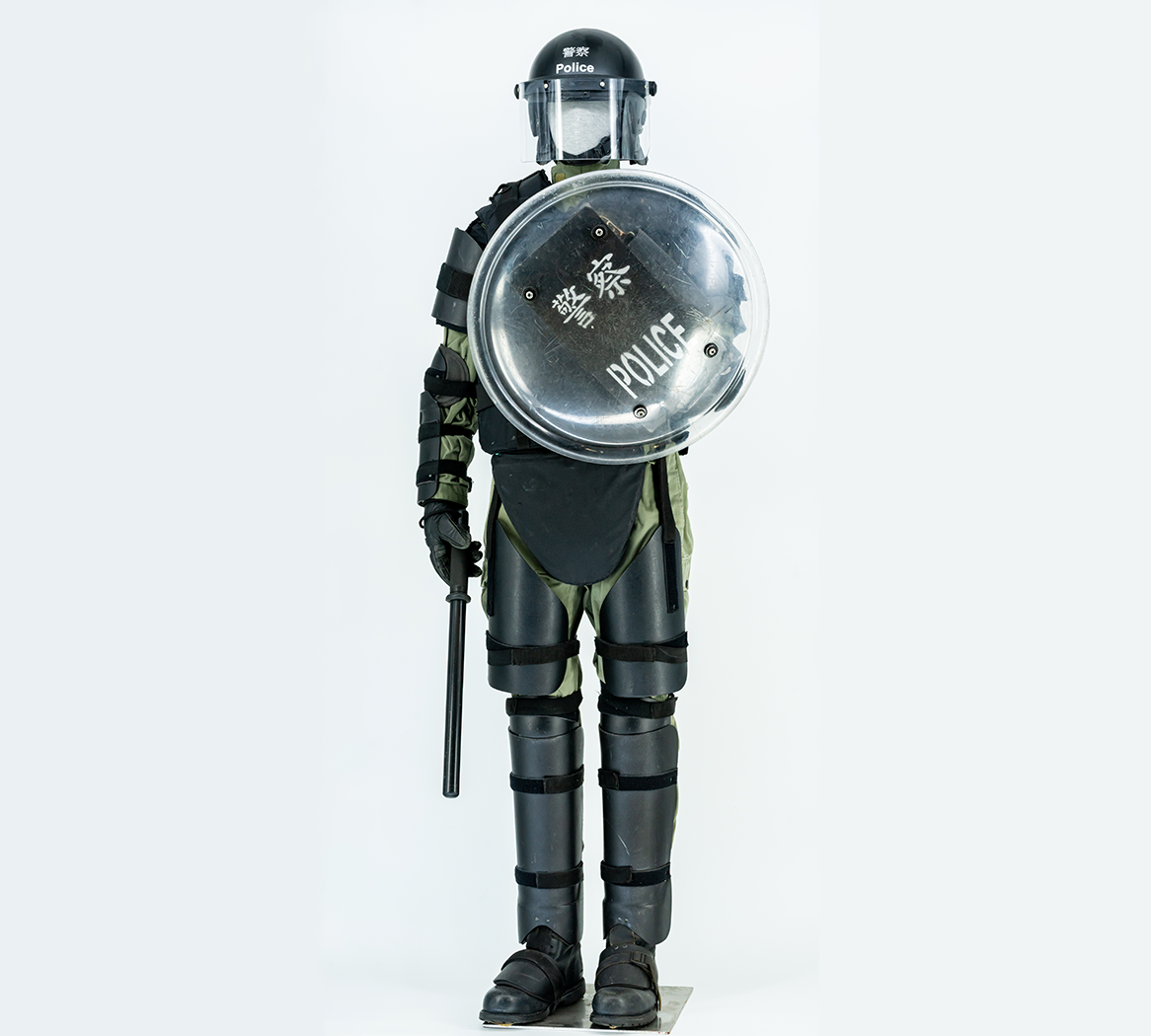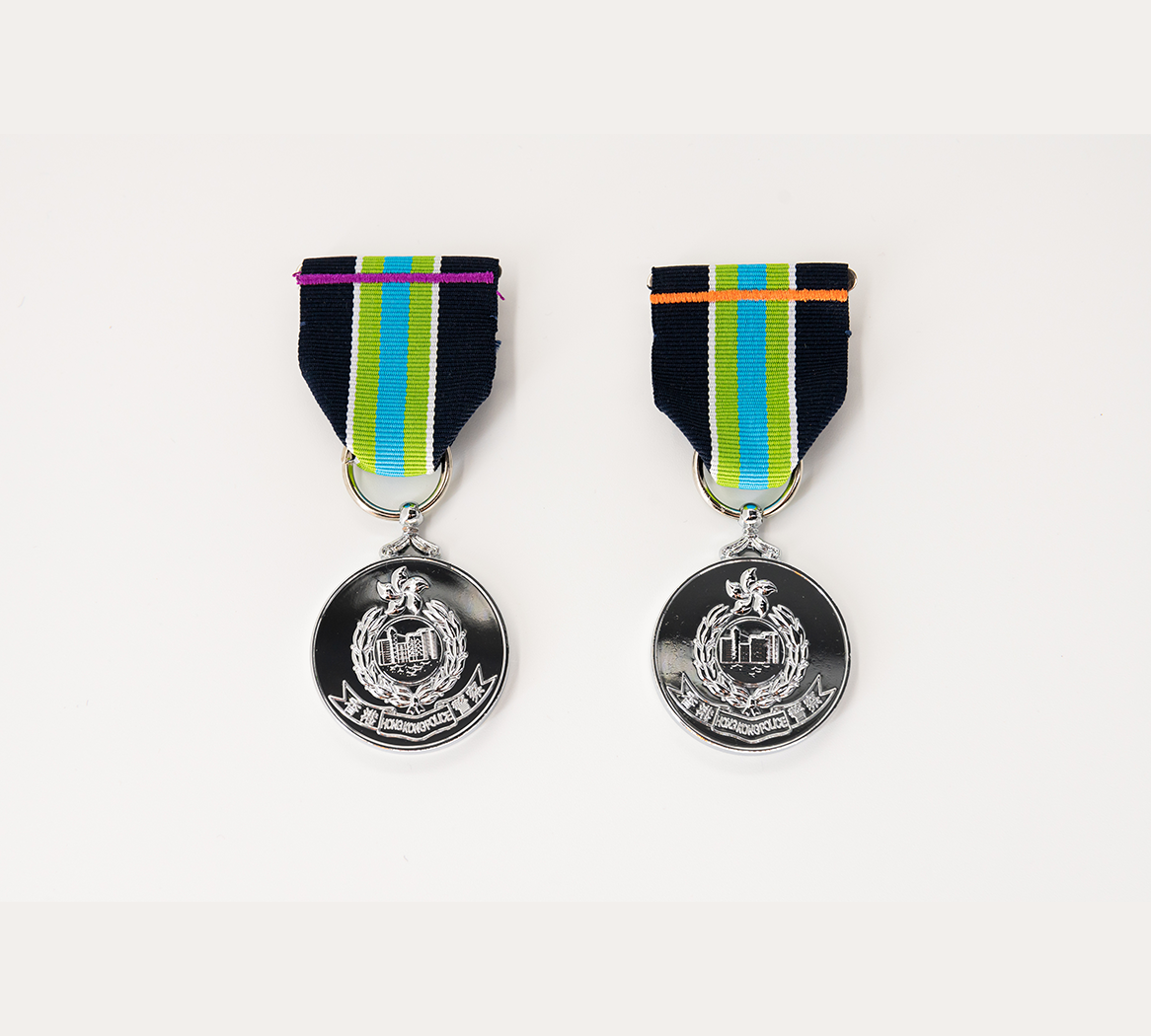Description
After World War II, the political instability in the Mainland caused an influx of large numbers of Mainland residents into Hong Kong. Armed bandits also took the opportunity to enter the city and the border villages were often looted. In view of the situation, Duncan William MacIntosh, the then Commissioner of Police, ordered border control to be strengthened.
Between 1949 and 1953, the Force built seven concrete observation posts along the Shenzhen River. The observation posts were shaped like forts and located on the northern border of the New Territories at Pak Kung Au (Sha Tau Kok), Kong Shan (Lin Ma Hang), Pak Fu Shan (Heung Yuen Wai), Nga Yiu (Ta Kwu Ling), Nam Hang (Man Kam To), Ma Tso Lung (Lok Ma Chau) and Pak Hok Chau (Mai Po). They were initially designed to prevent looters from crossing the border and disturbing Hong Kong, but later they were mainly used to monitor illegal activities such as trafficking and smuggling.
The seven observation posts are similar in design. With green walls, they are like military structures. They are dubbed the “MacIntosh Cathedrals” because of their unique appearance. Facing the Shenzhen River, these fort-like buildings are surrounded by barbed wire fences on all sides. Each building has a 2-storey central section, octagonal or circular in shape, serving as a control room, and has single storeys on both sides.
These observation posts strengthened Hong Kong’s border control, and the officers manning them effectively intercepted smuggling and combatted trafficking. Officers had to walk up the hills to their posts, which had no access to running water. Therefore, water was supplied by water tankers and electricity was generated by mini generators. The lower level of the posts had kitchens, bathrooms, toilets and bunk beds. The working environment was crude.
In the 1990s, the shift duration of officers at the observation posts was reduced from 48 hours to 24 hours. Nowadays, with the use of cutting-edge surveillance equipment on the boundary and the reduction in smuggling, police officers no longer man the observation posts.
The seven observation posts were originally within the Frontier Closed Area (FCA). However, with a significant reduction in the size of the FCA in recent years, the posts are no longer located in the FCA. On 18 December 2009 the seven observation posts were classified as Grade II historic buildings.

